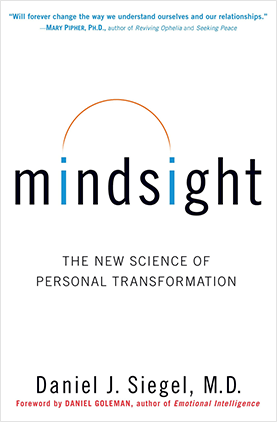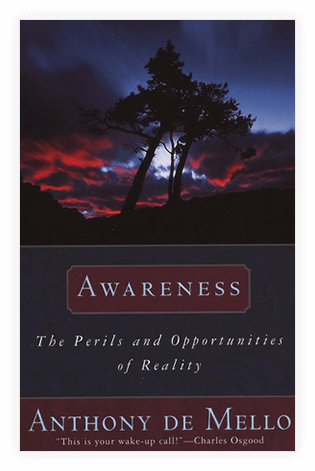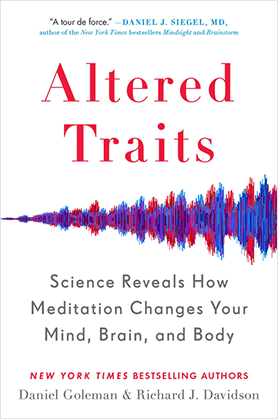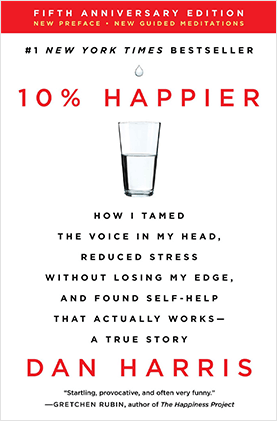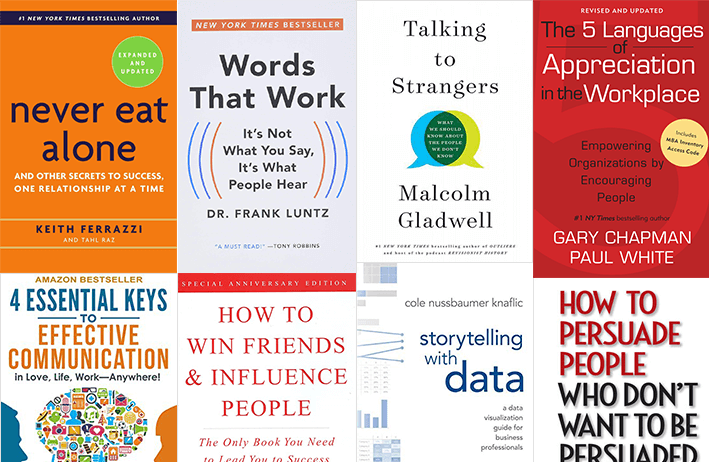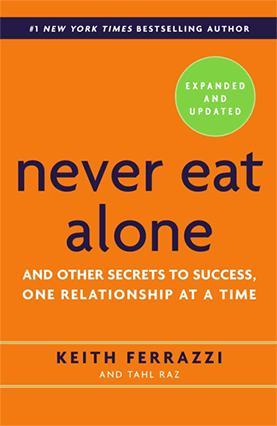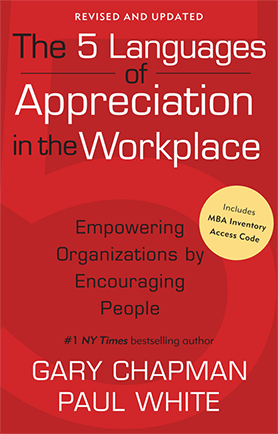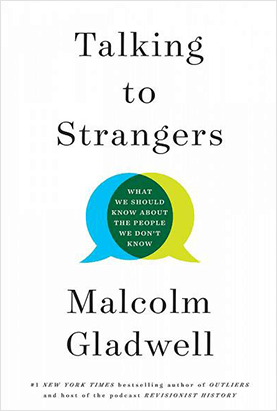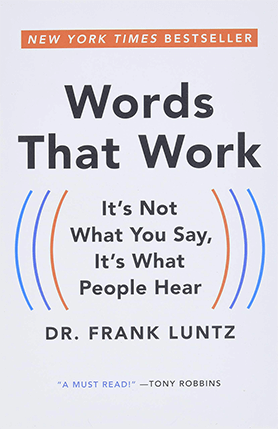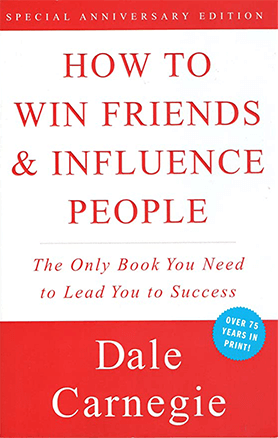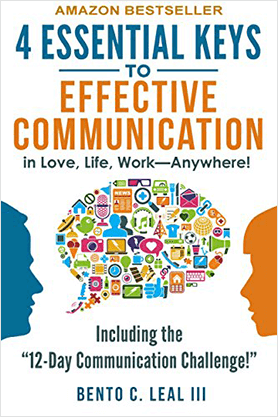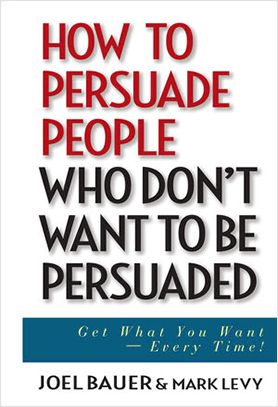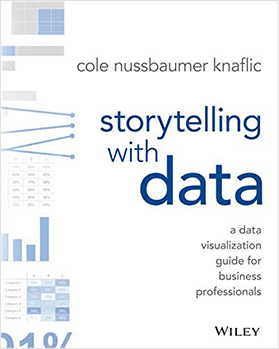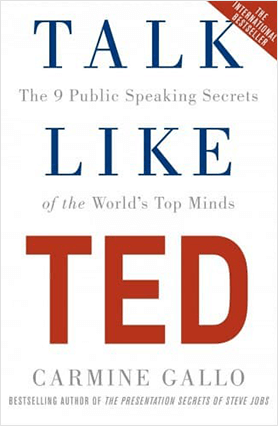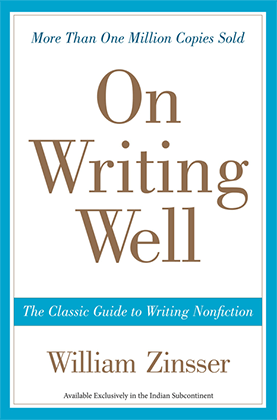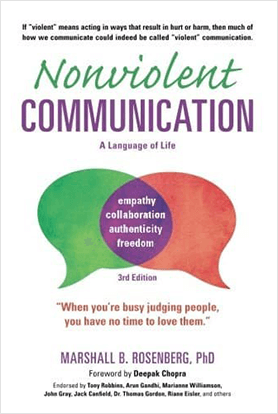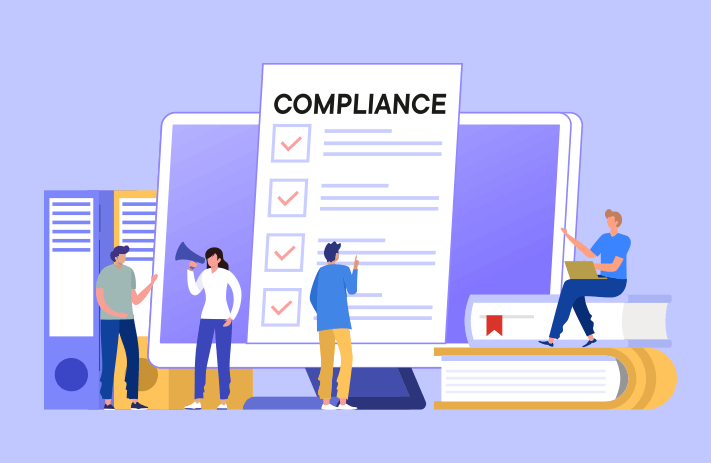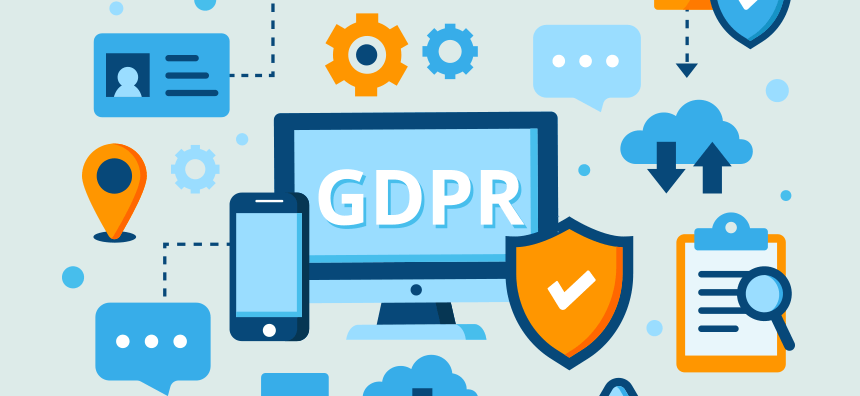We’ve all watched the media cover natural disasters. Whether it’s a flood, a severe storm, or a hurricane blowing in from the coast, the coverage always includes an image of a pundit standing under an umbrella and holding a microphone to her face as gusts of wind tousle her styled hair. Then the camera cuts to images of cars completely submerged in water, people wading through their front yards and shelters full of families who’ve fled their homes to higher ground.
One image these cameras never capture, however, are the panicked insurance companies, racing just as feverishly to hire hundreds of temporary workers so they can process the flood of insurance claims about to deluge their office.
Temporary or contingent workers have an indispensable role in the workforce. Whether seasonal or long-term, core or non-core, in a very real way they’re keeping the economy afloat.
And even if you’re not sure just what a contingent worker means, you’ve probably looked out your office window, sipping your morning coffee, and sensed that something’s percolating, and that it has been for some time.
Why are we hearing more and more about the “gig economy”? What is a contingent employee? Who are these people who say they “freelance”? What are they doing all day?
There’s all sorts of jobs, professions, roles and titles that weren’t there before. What is this new landscape we’re entering into, as traditional career and job models recede behind us?
Whether it’s described as “gig,” “contingent” or “temporary” work, no one can deny that we’re surrounded by this new craze. Yet for many it’s still a great unknown. Let’s put some framework around this emerging landscape, by defining just what a contingent employee is, looking at some examples and exploring some issues surrounding this emerging phenomenon.

What Is a Contingent Worker?
A variety of roles and titles fall under the label of “contingent worker,” and they cannot be fully defined with the same language. However, it’s accurate to define all contingent work as temporary or contract work. Often it’s part-time.
The litany of titles that fall under the umbrella of “contingent employee” is long indeed. It includes: freelancer, gig worker, contractor, independent contractor, outsource worker, temporary agency staffing worker, agency worker, dispatch worker, day-rate worker, intern, payee, outsourced employee, professional services, co-op and, for Google exclusively, TVCs (temps, vendors, contractors).
Whew! That’s a whole lot of roles and classifications. To make it simpler, contingent work breaks down into four distinct categories, outlined below.
Contractor
Organizations hire contractors when they need to pivot and augment staff on a dime. Also known as temporary workers, contractors are given a badge and equipment and assigned to a specific project.
Contractors are hired for seasonal work, or when an influx of work necessitates more employees. For example, in the scenario mentioned above, an insurance company hires contractors to process claims immediately following a natural disaster. Once the assignment is complete, they’re relinquished from duty.
Independent Contractor
Also known as freelancers, gig workers or payees, independent contractors (ICs) are essentially running their own business while working within another organization.
ICs encompass all sorts of professions, from writers, to coders, to hair stylists to make-up artists. Their business can include up to five employees.
Legislation such as California’s Assembly Bill 5 (AB5) and the United Kingdom’s IR35 specifically address this category of contingent workers.
Consultants
Consultants are subject matter experts who provide professional services to an organization. They’re more like vendors than employees, and so they’re solicited rather than interviewed and hired. Consultants come into organization to help with a specific task with a clear time frame and price tag.
Consultants provide a range of services, including audit, tax and legal advice. Many marketing companies subsist entirely on consulting work. They’re hired to develop a marketing plan and strategy, and once it’s up and running, they’re onto the next one.
Outsourced Employee
Outsourced employees are also subject matter experts, just like consultants. However, they’re evergreen, meaning they remain with the same organization for an indefinite period of time.
Outsourced employees may be core, meaning they provide a service essential to the business, such as quality assurance. Or they may be non-core, meaning their service isn’t essential to the bottom line. This includes services such as security, cafeteria work and lawn care.
And so these are the four main classifications of contingent workers. Each category has various compliance and tax laws specific to it alone, which we’ll discuss later. For now, let’s explore why the segment of contingent workers has grown at the same time that the segment of long-term employees has shrunk.

Why Is the Contingent Workforce Growing?
From one angle, “contingent worker” connotes images of bliss. Freelancers can sleep until 10 am and start work in their pajamas, hit the slopes or the fairway on a weekday afternoon and even take several months off in the middle of the year to travel the world.
Another angle conjures up starkly different images, not unlike those from the movie Taxi Driver. They’re images of gig workers with bloodshot eyes, shuttling people around and making deliveries into the wee hours of the morning, earning so little they can’t afford even a few days of maternity leave.
Contingent work is a broad field, and it’s safe to say there’s a lot of truth to each of these extremes. And regardless of the slant, contingent work is definitely here, and here to stay.
Gig Economy Statistics
In recent years, the number of gig workers in the United States has increased by 80%, from 43 million to 78 million! Many other countries have experienced similar growth, and within a variety of services, including meal delivery, household services and remote digital online tasks.
It’s estimated that in this upcoming decade, more than half the workforce will be made up of contingent workers!
The Controversy
This increase has entailed a fair share of conflict and growing pains. Executives at the rideshare company Lyft created a ruckus when they celebrated the news that an employee was en route to the hospital to give birth, but still set aside enough time to give someone a ride. Presumably, she couldn’t afford even a few hours away from the minimum-wage job they’d provided her, and this pleased them.
Outcries have reached the ears of politicians the world over, and in limited cases they’ve brought about reform. Legislation such as AB5 in California and IR35 in the United Kingdom force companies to treat most ICs like regular employees, providing them benefits such as health care and paid time off.
A Generational Tendency
In some cases, the workforce itself is pushing for this transition to temporary work. Both Millennials and Generation Z (people born after 1981) value work-life balance and independence in the workplace.
For example, if a company expects a millennial mamma to hire a sitter in order to show up for a meeting she could just as easily participate in from home, they’re probably going to listen to her say “sayonara” as she moves on to work environments that offer more flexibility.
According to Purdue research, even Generation Xers, older than Millennials by a decade or so, won’t stick around with an employer who doesn’t meet their needs.
The Great Resignation
The increase in contingent workers has been accelerated by the Great Resignation of 2021 and 2022, where as much as 3% of the workforce resigned in the months of December, November and the following March alone; over 4.5 million in each month. Many left difficult working situations in search of greater flexibility with contingent positions.
Chicken or Egg?
And so who “started” this trend of a growing contingent workforce? Is the demand coming from the employees or the businesses? As each side benefits, the answer is probably a little of both. For many reasons, contingent work makes sense both for companies and individuals alike.
Let’s look a little more closely at some of these benefits. And a few of the downsides as well.

Who Benefits from Contingent Employees?
For most of us, the notion of working with the same company for decades (and raking in a tidy pension) is a fantasy. Many businesses nowadays simply cannot sustain a team of long-term employees. And at the same time, employees want to determine where they work, who they work for and how long their assignments last.
And so is contingent work a win-win on both sides? Let’s look at how temporary work benefits both companies and the people working for them.
Pros and Cons for Businesses
On the plus side, a contingent work model allows a company access to a broad range of talented individuals, with the leeway to pay them only for a stretch of time. For a small business with tight margins, this makes a whole lot of practical sense.
Plus, contingent workers may well perform at a higher level than W-2 employees. Whereas a W-2 employee is given some slack for sloppy work, a contingent employee isn’t. He must prove himself right out of the gate, or else risk being fired and given a bad review.
On the downside, these contingent workers generally don’t have the company or brand loyalty of a long-term employee. And they can’t be familiarized with every aspect of the company right off the bat, so the scope of what they’re able to do is limited.
Pros and Cons for Employees
Many contingent employees are living the dream. They work for themselves, determine their own hours and never leave the comfort of their home. Plus, they don’t go through the lugubrious hiring process W-2 workers endure, nor do they sit through yearly evaluations and performance reviews.
On the downside, however, they receive none of the benefits of W-2 employees, such as health insurance and 401K matching. They don’t receive any perks or product discounts. And hardest of all, contingent workers have no paid vacation or maternity leave. If they want to see money hitting their checking account at the end of summer, they have to work over Labor Day weekend, when everyone else is out riding jet skis, camping and eating hot dogs.
As it turns out, plenty of contingent workers are able to palate the sour along with the sweet–so much so that it’s shifting the culture within the workforce. Let’s look at how this trend toward a contingent workforce has impacted the traditional work environment.

How to Meld the Contingent Workforce With a Traditional Workplace
Contingent work looks a lot different from the traditional model of workers staying with the same company year in and year out. And so an influx of contingent workers poses all sorts of challenges. How does a CEO develop an integrated company culture around a workforce that’s constantly changing? And how does human resources establish policies for a variety of positions, each with its own tax and compliance laws?
A Cohesive Workplace Culture
In a traditional work environment where year round employees show up at 8 and leave at 5, year round, a temporary worker who works part-time and is only around for a couple of weeks stands out like a sore thumb. She isn’t included in office birthday celebrations and, even if her stint occurs at the end of the year, receives no invitation to the holiday party.
However, as the contingent workforce begins to consume larger and even larger slices of the employee pie, this paradigm doesn’t make a whole lot of sense. How can a company have a healthy culture when a good 40% of its workforce is treated like an outsider?
And so more and more, leaders shy away from dividing employees into silos of “permanent” and “contingent,” with the implication being one is favored above the other. Rather, everyone is regarded as an equal part of the total workforce. Anyone who adds value to the company is valued in turn.
This attitude is reflected in onboarding processes, where contingent workers are warmly welcomed and brought up to speed on the company brand and mission, and even offered the same perks as permanent, long-term employees.

A Process for Each and Every Role
At the same time as companies work to meld contingent and regular employees into one large blended family, they are scrambling to establish processes within a workforce that’s looking more and more complicated and disparate.
Human Resources takes a completely different approach to finding, hiring, managing and off boarding permanent employees as it does contingent workers.
And although from a simplicity standpoint, it’s tempting to label all contingent workers as “Non-Employees” and be done with it, unfortunately with respect to taxes and compliance, this just doesn’t fly. Each classification of contingent employees (ICs, contractors, consultants and outsourced employees) has its own set of rules around compliance, pay and taxes.
Many companies have found a middle ground between wanting simple processes and fulfilling all compliance requirements for each classification. Google, for example, has come up with the job role “TVC,” which encompasses temps, vendors, and contractors at the same time.
A Similar Objective
Compliance work has created porous walls within the workforce, with many exits and portals. People come in and through them with greater ease and regularity than they ever have in the past. This has upset traditional workplace models and processes in so many ways.
However, the overall objective, from a leadership point of view, is still the same. It is to maximize the value each individual offers to the company. The North Star they’re all aiming for is to have her working in a “flow” state, where her talent and expertise is aligned with the company mission.
Conclusion
Contingent work has blurred some lines for sure. Although companies are still out to hire top talent and increase their bottom line, their methods for achieving these ends have changed. Rather than hire someone full time, more and more often companies choose to recruit top talent for shorter “gig” assignments.
The cause for this shift, in part, is because employees have demanded it. Rather than working for “the man,” they want to be working for themselves and determining their own lifestyle. Contingent employees work in every industry, under a variety of titles and classifications.
Accommodating for this shift in the workplace requires agility from businesses and employees as well. It’s forced companies to shift away from traditional work paradigms and adapt to new ones.
Streamlining processes is part and parcel to adjusting to these changes. Teamly is a project management software that offers a sophisticated array of tools for remote teams, from time tracking to voice messaging to group meetings. With our simple, intuitive software, onboarding and payment processing is a breeze. With Teamly, it’s easy to hire contingent workers and keep them happy. Sign up for our complimentary services today!







